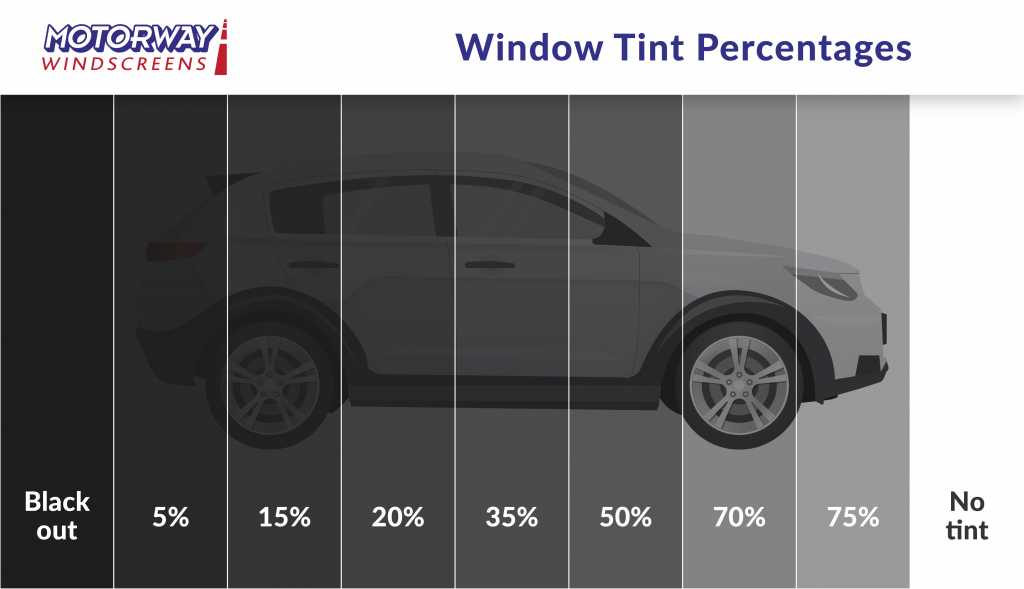Home Window Tinting Regulations: What You Need to Know Prior To Tinting Your Vehicle
Comprehending window tinting legislations is important for any kind of automobile owner considering tinting their automobile. As you ponder boosting your vehicle's look and capability, it is essential to comprehend not just the lawful implications yet also the useful considerations that come with choosing the ideal tint.
Significance of Recognizing Tint Regulations
Understanding window tinting legislations is crucial for vehicle owners to make sure compliance with state laws. These laws determine the permissible degrees of color darkness and reflectivity, which can considerably vary from one territory to another. Failing to stick to these policies can lead to fines, compulsory elimination of the color, and possible problems throughout automobile examinations.
In addition, recognizing these legislations aids car proprietors make informed choices regarding their tinting choices. Different kinds of window movies give different benefits, such as UV defense, warmth rejection, and glare reduction. Nevertheless, without understanding of the legal restrictions, vehicle proprietors run the risk of selecting items that may eventually bring about lawful issues.
In addition, recognition of tinting legislations fosters a much safer driving environment. window tinting. Exceedingly dark colors can hinder visibility, increasing the danger of crashes, particularly in the evening or in negative weather conditions. Legislation enforcement firms additionally use these guidelines to make certain road security, making conformity not simply a personal responsibility yet a legal obligation
State-Specific Tint Laws
Each state in the U.S. has developed its very own details laws relating to window tinting, showing a varied selection of requirements and requirements. These guidelines can vary substantially, affecting just how lorry owners approach installment and conformity. For example, some states allow darker tints on back windows while imposing strict limits on front-side windows.
In addition, regulations typically specify allowed color materials and colors. Particular states restrict reflective colors entirely, while others may permit them to a limited degree. In addition, some territories mandate that cars with tinted home windows present a sticker label indicating compliance with state regulations, supplying a clear recognition for legislation enforcement.
Enforcement of these regulations additionally differs; some states are a lot more positive, carrying out arbitrary checks, while others count on complaints or visible violations to initiate enforcement. Lorry owners should be mindful that failure to abide by state-specific tint regulations can result in fines, required removal of illegal colors, or both.

Lawful Color Percentages
Figuring out the legal color portions is vital for vehicle proprietors seeking to abide by state regulations. Each state has particular laws governing exactly how much light needs to go through the windows More hints of a vehicle, which is revealed as a percent called Visible Light Transmission (VLT) This percent differs significantly throughout states and can depend upon the website link sort of home window-- front side, back side, and windscreen.
For example, some states permit just 20% VLT on front side home windows, while others may permit as much as 50%. Windshield tinting is often a lot more restricted, with numerous jurisdictions permitting only a narrow band of tint on top of the windshield. In contrast, back windows generally have a lot more forgiving guidelines, with some states permitting darker tints.
It is essential for vehicle proprietors to acquaint themselves with their local legislations to stay clear of possible legal problems. This consists of understanding exactly how VLT is measured, as it can differ based upon the sort of home window film made use of. Remaining educated regarding these guidelines makes certain compliance and promotes safe driving problems for both the automobile owner and others when driving.
Consequences of Non-Compliance
Stopping working to stick to window tinting legislations can lead to substantial effects for vehicle proprietors. Policemans educated to identify prohibited color levels might release penalties, which can differ by jurisdiction but usually vary from modest to considerable amounts.

Insurer may also impose penalties for non-compliance, as prohibited adjustments can be considered as a violation of plan terms. This can influence protection prices or result in difficulties in claims if a case happens.
Ultimately, the consequences of non-compliance prolong past immediate monetary charges; they can influence a motorist's insurance prices, legal standing, and total automobile worth, emphasizing the relevance of adhering to local window tinting guidelines.
Tips for Choosing Tinting Options
When selecting home window tinting choices,Understanding the effects of non-compliance highlights the significance of making informed selections. Familiarize yourself with your state's certain laws regarding tint darkness and reflectivity. Each state has one-of-a-kind guidelines that determine the acceptable restrictions, so guarantee you remain within these guidelines to avoid charges.
Secondly, consider the kind of tint product. Choices consist of dyed, metalized, and ceramic tints, each offering differing levels of warmth being rejected, UV defense, and toughness. Ceramic tints give premium warm resistance without interfering with electronic devices, making them a preferred choice.
In addition, analyze your key purpose for tinting. If you seek improved personal privacy, go with darker colors; however, remember that this may influence exposure during the night. Alternatively, if glare reduction and UV defense are your major problems, lighter colors might be enough.
Last but not least, seek advice from a professional installer that is experienced about regional policies and can advise premium materials suited to your requirements (window tinting). Taking these aspects into account will ensure you make a well-informed choice, eventually enhancing both your car's visual appeals and capability
Final Thought
Finally, familiarity with window tinting legislations is important prior to using color to a vehicle. Each state imposes particular laws concerning visible light transmission percentages, specifically for front-side windows and windscreens. Non-compliance can cause considerable charges, including penalties and obligatory removal of non-conforming tint. By comprehending legal requirements and selecting proper tint materials, car owners can accomplish visual improvement while staying certified with pertinent regulations. Adherence to these guidelines makes certain both safety and security and fulfillment.
Recognizing home window tinting regulations is important for any lorry owner thinking about tinting their auto.Recognizing home window tinting regulations is vital for vehicle owners to make sure conformity with state policies. Some states allow darker tints on rear windows while enforcing rigorous limitations on front-side windows.
In comparison, back home windows usually have more forgiving laws, with some states allowing darker colors. (window tinting)
In verdict, knowledge with home window tinting legislations is important prior to using color to an automobile.